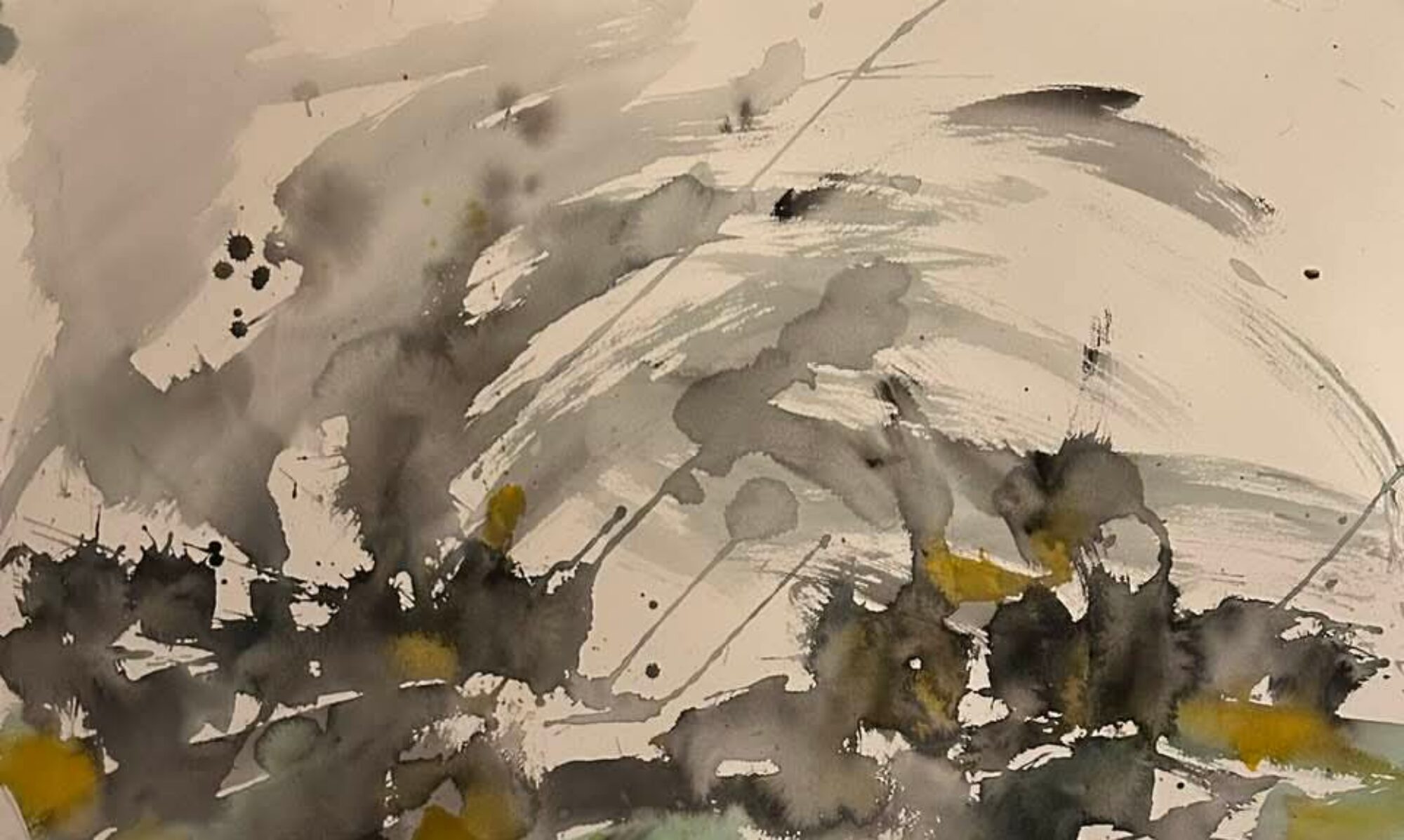S.hel, Disconnect (Whitelabrecs, 2020)
“S.hel” is the musical name of Iceland-based composer Sævar Helgi Jóhannsson, who released the album Disconnect earlier this year on the U.K. label Whitelabrecs. The album places Jóhannsson at the convergence of several related genres: compositional ambient, ambient electronica and minimalistic piano (often called “modern classical,” but not by me). Nils Frahm is an obvious reference point, but Jóhannsson is carving out his own space.
If the genre names above sound too esoteric to bother deconstructing, here’s another way to look at it: From the outset, it’s clear that Jóhannsson is both a composer and a sound artist. The terms are related but not identical: The distinction in my mind is that a composer excels at working with notes, while a sound artist excels at working with sounds. No doubt there is a lot of overlap, but anyone who has both skills is working with a broad music-making palette.
Jóhannsson is certainly working with a wide palette. White Label released Disconnect on Piano Day (March 28), and while piano is featured prominently, it is presented within a context of strings, electronica and found sounds, and the piano is more of a unifying element than a strictly defining one.
“Human Geography” gives us impressionistic piano that is minimal but not simplistic, with both melodies and harmonies that offer a sense of the unexpected. We also get synth pads, feedback, electronic pulses and shimmering metallic sounds, all progressing in a grand, cinematic build.
The delicate, hypnotic “Delay Common Sense” is on the minimalist piano end of the spectrum, sounding like it could easily have been written by Frahm. Driven by walk-down arpeggios in the left hand and a graceful melody in the right, the three-minute piece also features the trademark piano creaks one hears in Frahm’s music. The piece is short, but nonetheless offers ample evidence of Jóhannsson’s gift for melody and phrasing.
“Irritant Bodies” lies at the sound artist end of the spectrum, composed of percussive electronic and found sounds interspersed with piano. Here, Jóhannsson is building a collage more than crafting melodies and harmonies.
“Law and Market” offers the fragmentary and formless feeling of ambient at times, but it also gives us notes and patterns, not just sounds and textures. It builds slowly with gentle (and, again, creaking) piano chords. Most of the piece moves along with a 3/4 (or 6/8) pulse, but starting between the three- and four-minute marks, Jóhannsson begins to play with our temporal center of gravity: The pulse shifts, the piano loses its clear pulse and the strings seem to inhabit a separate rhythmic reality; meanwhile, electronic sounds intermingle with organic ones.
On “Eia Popea,” Jóhannsson almost veers into the territory of what is often called modern classical — minimalist and piano-based music that, when executed poorly, bears a little too much resemblance to the stylistic excesses of new age. What keeps “Eia Popea” from crossing over the fine line between beauty and schmaltz are its unexpected subtleties: atmospheric and electronic effects in the background, piano lines disintegrating into creaks.
Whether he’s working with piano melodies or electronic pulses, Jóhannsson is a sensitive and highly skilled artist capable of working on multiple levels at once to create a compelling whole.
His seven-minute closing track, “Permission society,” is a case in point. One on level, we get an abstract melody on what sounds like some type of bells; on another, legato strings rise and fall in an atmospheric drone that augments but does not strictly align with the sound of the bells. The effect is lovely and contemplative: a bifurcated sound, with bells operating on one end and strings on another, creating an ambigious space that draws you in and carries you along. About two-thirds of the way into a seven-minute build, Jóhannsson brings in a drone, a counter melody and indecipherable electronic pulses. It’s the sound of a skilled composer and sound artist bringing everything together — beauty, mystery, tension — and creating something both inviting and moving.
